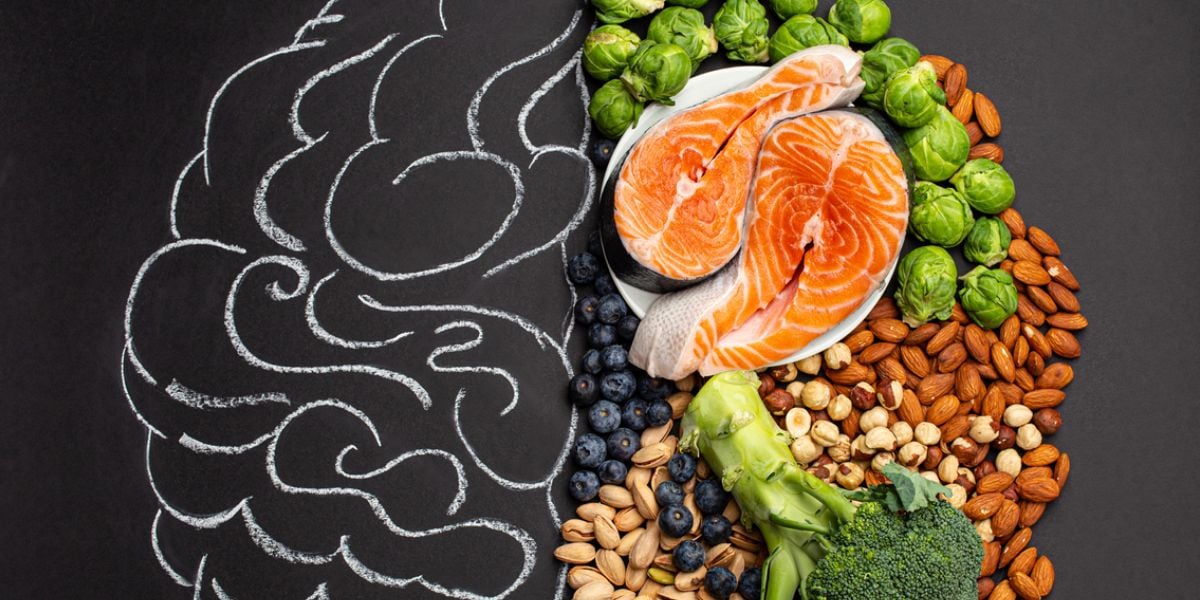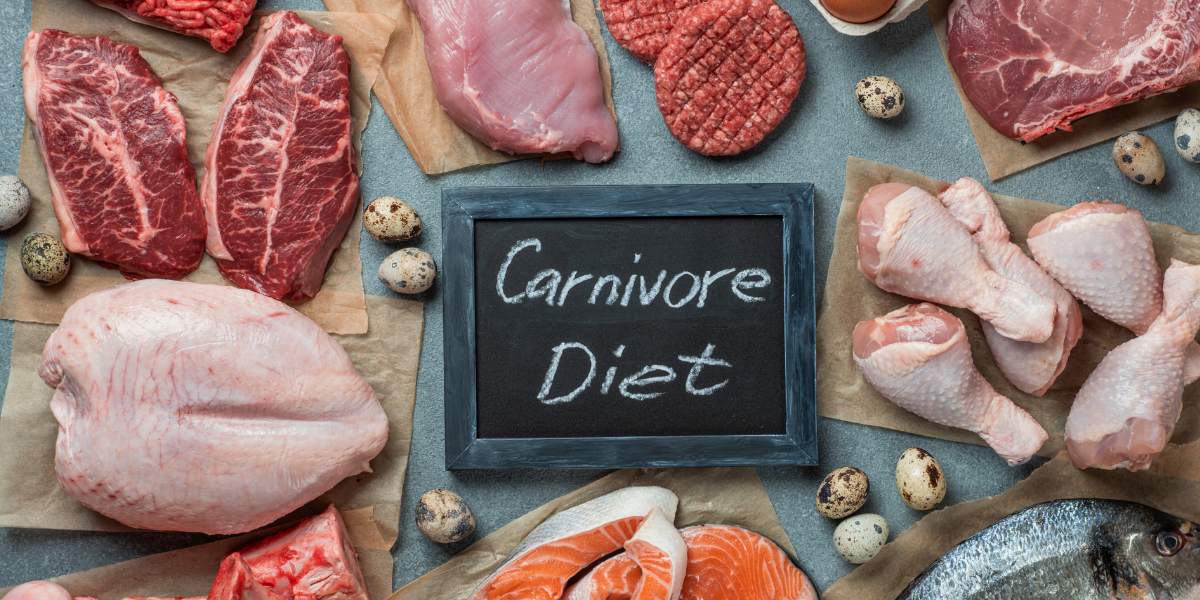Milk is a staple of our diets for many of us. Milk’s versatility means it can be used for a range of dairy uses such as cheese, butter and yoghurt as well as in baking.
It is a good source of calcium and as well as energy. We take a brief look at the history of milk as well as examining its calorie content, carbohydrate content and a possible link with type 1 diabetes.
For information on breast milk and diabetes see diabetes and breastfeeding
Milk history and processing
Human consumption of milk from mammals, such as cows, sheep and goats, dates back several thousands of years.
In the 1860s, milk consumption underwent a change when Louis Pasteur developed ‘pasteurisation’, a process of heating food and drink to kill off potentially harmful bacteria within.
Homogenisation is another process used in the preparation of milk and involves separating out cream from the milk.
In current times, cow’s milk is the most common source of milk in our diets
Milk and calorie content
The calories in milk mainly come from carbohydrate, protein and fat. With skimmed milk, the vast majority of the fat is removed which tends to roughly half the number of calories.
The number of calories in half a pint of milk varies from about 90 calories for skimmed milk to 190 calories for whole milk. For comparison, half a pint of sugary cola has around 120 calories.
Milk and blood glucose levels
Half a pint of milk has around 13g of carbohydrate. For comparison purposes, half a pint of sugary cola has around 30g of carbohydrate.
If you are having a glass of milk, be aware that it will raise your blood glucose levels to some degree. Because of the fat content, whole milk will tend to raise blood glucose levels slightly less quickly than skimmed milk but bear in mind the extra calories.
People with type 1 diabetes will need to take the carbohydrate content of milk into account if having a glass of it.
Unless you have very milky tea or coffee, the carbohydrate of milk added to tea or coffee is likely to be 1-2g of carbohydrate or less.
Milk and lactose and casein intolerances
Animal sources of milk contain lactose, a form of carbohydrate which is broken down into glucose in the small intestine. People that are lactose intolerant are less able to break down lactose which means that lactose passes further through the digestive system and becomes fermented by gut bacteria which can cause difficulties such as bloating, flatulence and diarrhoea
People with lactose intolerance need to avoid, or substantially limit, foods containing lactose, primarily dairy foods, to prevent the symptoms coming on. If you have a higher degree of lactose intolerance you may also need to avoid or limit foods with smaller amounts of lactose including soups, breads and salad dressings.
Casein is a protein found in milk which some people are intolerant to. Casein has similarities to gluten, the protein found in wheat. People that are intolerant or allergic to casein may experience a reaction that can include difficulty breathing, developing a rash and/or swelling of the mouth.
There are a number of substitutes which can be used in place of milk such as soya, coconut or almond milk.
Milk and type 1 diabetes
Cow’s milk has been linked with an increased incidence of autoimmune diseases including type 1 diabetes
Research has indicated that the presence of cow’s insulin within cow’s milk leads to an increased number of autoantibodies which raise the risk of type 1 diabetes. The research has yet to prove conclusive enough to change health recommendations on the drinking of cow’s milk.





